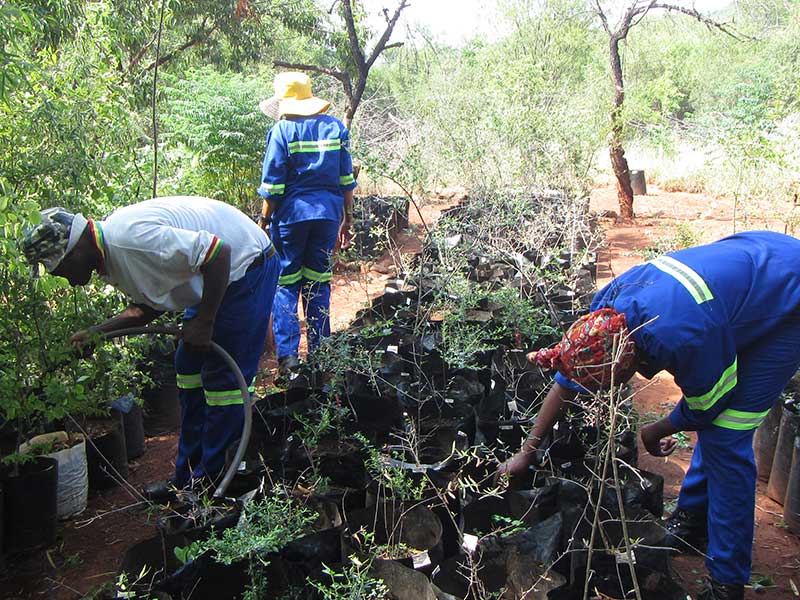Additional Projects
This section covers additional projects occurring in the Marico Biosphere Reserve
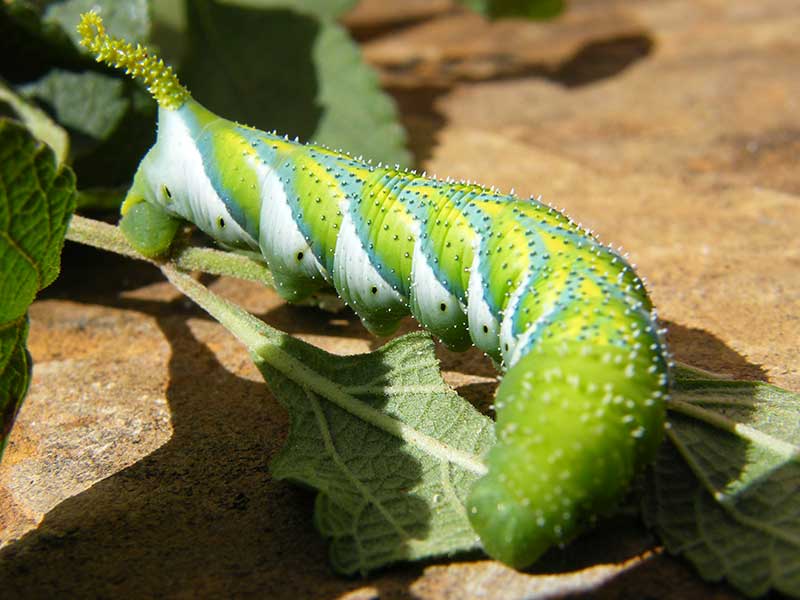
Projects for the Man and Biosphere Programme
The development and support of projects is a vital process within the implementation of the Man and Biosphere programme.
Projects may either be initiated and run by the Biosphere administrative unit themselves or may be done in partnership with additional organisations and related bodies or it may simply involve the support and sanctioning of a specific project being undertaken in the area.

Agricultural Mentorship agreements
The Bakgatla tribe near Sun City, together with voluntary individuals have established a farming mentorship agreement to uplift the community.
Read more
The process had to have economic feasibility as a foundation, and in order to give the tribe a strong platform to work from, the tribe has recently established its board of representatives within the community to drive its operations. Interested people within the community are then trained by experts in the field of agriculture so that the mentorship can be a sustainable success. The main focus for community upliftment will be the transfer of knowledge for vegetable, game and cattle farming and sowing of sunflower and maize. Currently, various farmers have agreed to voluntarily convey knowledge in different sectors of agriculture and welcome anyone to get in contact if they would like to contribute or form part of the mentorship project.
The same kind of mentorship agreement is prospected to start at an area within the Marico Biosphere Reserve called the Mabaalstad area. Although not yet started, people are also invited to contribute or form part of this project. Wilhelm Rocher can be contacted in this regard.
Tel: 082 493 9977.
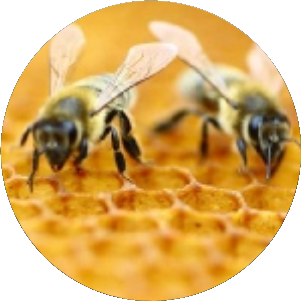
Haskins Honeys
One of the positive ecological influences in the biosphere reserve is an active bee presence. One of the Bee farmers in the area has hives that fall within and close to the greater Marico Biosphere Reserve area.
Read more
During the summer season beehives are kept mainly on sunflower farms in the vicinity of Derby and Ventersdorp areas. When these food sources decrease during the winter season, the bees are relocated to the Swartruggens and Koster areas where they make use of other food resources. This could include a variety of species such as aloes, karee trees, false olive trees and thorn trees. The business has been operational since 2016 and has ±160 active hives across the area.
The owners are very interactive people and passionate about conserving the great ecological benefit provided by bees. They also invite anyone in the area to engage with them should they be interested to host a few beehives on their farm or buy some of their products. They can be contacted on 079 575 6908 or reached at cindyhaskins33@gmail.com
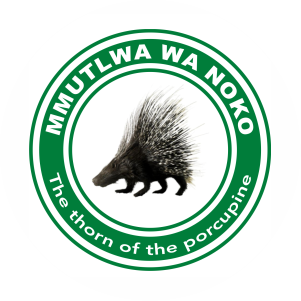
Mmutlwa wa Noko –
Mmutlwa wa Noko is a community association based in Groot Marico since 2010.
Read more
“Our mission is the protection of the Groot Marico river and catchment for humanitarian and ecological benefit. We achieve this by assisting individuals & communities to understand the nature of the law with regards to their rights and to analyse the law in order to respond appropriately and effectively.”
Follow them on Facebook: Mmutlwa wa Noko
Visit their website: mwnoko.co.za
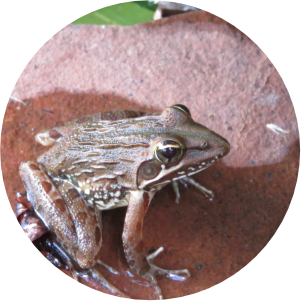
UNESCO Driven CRIDA Programme
The aim of this programme, which is funded by the Government of Flanders through UNESCO’s Man & Biosphere Programme, is to Build Adaptive Capacity in South Africa’s Biosphere Reserves to Address Climate Risk and Implement Sustainable Water and Ecosystem Management.
Read more
The following are the expected results of the programme:
- Expected Result 1: The climate change impact in the target areas at the landscape level and their communities are understood and responsive adaption options are explored.
- Expected Result 2: Monitoring and Early Warning capacities of short-term and long-term climate risks are established.
- Expected Result 3: Climate change adaptation capacities of communities are strengthened, and target communities are engaged through Citizen Science.

